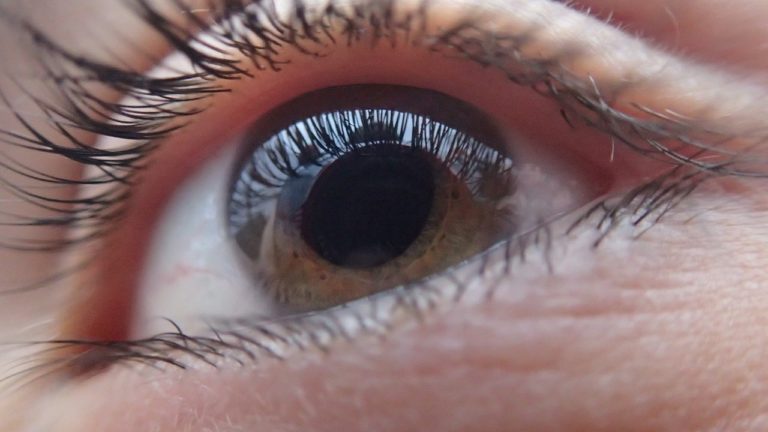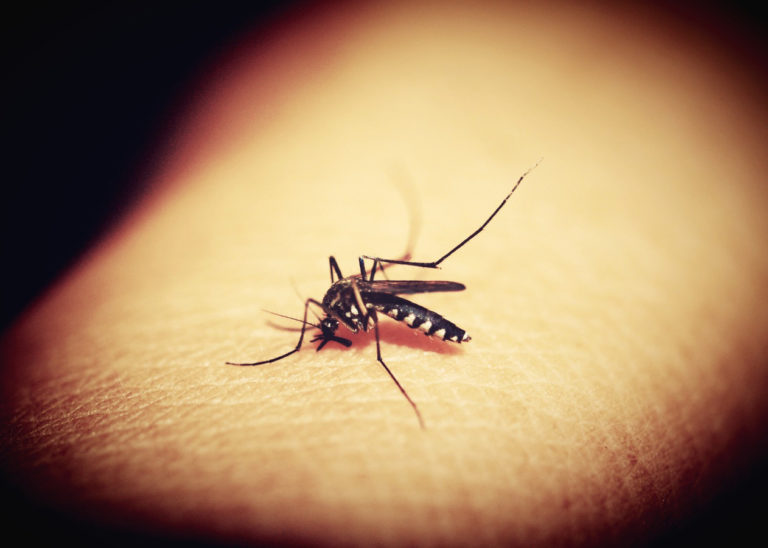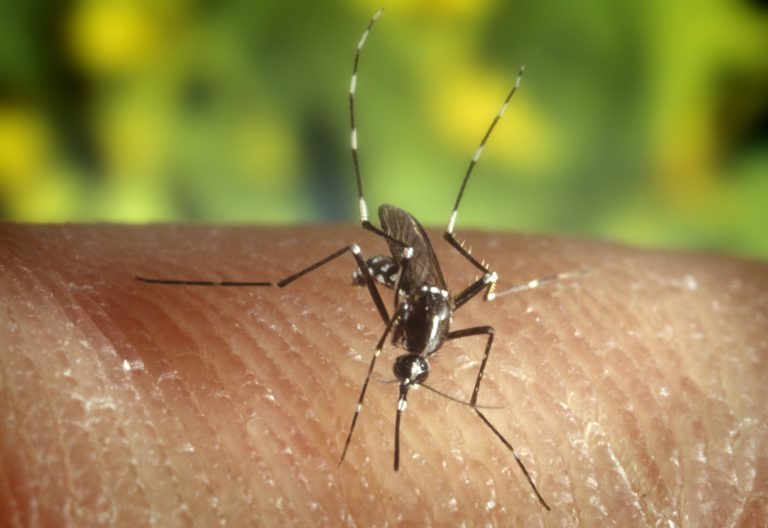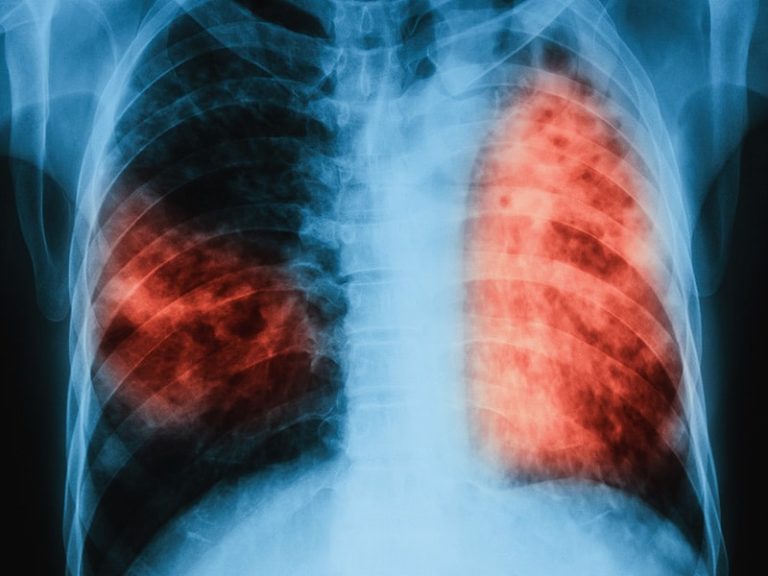At over 11,000 deaths per year, Delhi alone accounts for a third of those deaths, researchers report in an article in The Lancet Planetary Health
Air pollution kills more than 33000 people every year in ten Indian cities; with Delhi alone accounting for a third of those deaths, researchers have reported in The Lancet Planetary Health.
The study, by the Karolinska Institute analysed the association between PM2·5 exposure and approximately 3·6 million daily deaths in ten Indian cities between 2008 and 2019. It came to the conclusion that every year air pollution kills 2495 people I. ahmedabad, 2102 in Bangalore, 2870 in Chennai, 11964 in Delhi, 1597 in Hyderabad, 4678 in Kolkata, 5091 in Mumbai, 1367 in Pune, 59 in Shimla and 831 in Varanasi. The total death toll in these ten cities because of air pollution comes to 33627.
The researchers found a stronger effect of pollution in cities with relatively lower population. They wrote: “In addition, we observed stronger effects in lower polluted areas, such as Shimla and Bangalore, than higher polluted areas such as Delhi. This effect is probably related to the supralinear exposure–response curve, since Shimla and Bangalore had considerably lower concentrations. This sharp increase in risk at lower levels of exposure, which plateaus at higher levels, was reported by other studies in the region and studies in Europe.” They also wrote that the study was unique because there are no multi-city studies conducted in India and no global multi-city, multi-country analyses that featured Indian cities.
This year’s State of the Global Air Report too had painted a dire picture. It said that air Pollution is now the second highest risk factor for death and accounted for 8.1 million deaths globally in 2021. It is also the second highest killer the world over of children under five years with 709,000 deaths in the age group being attributed to it.











